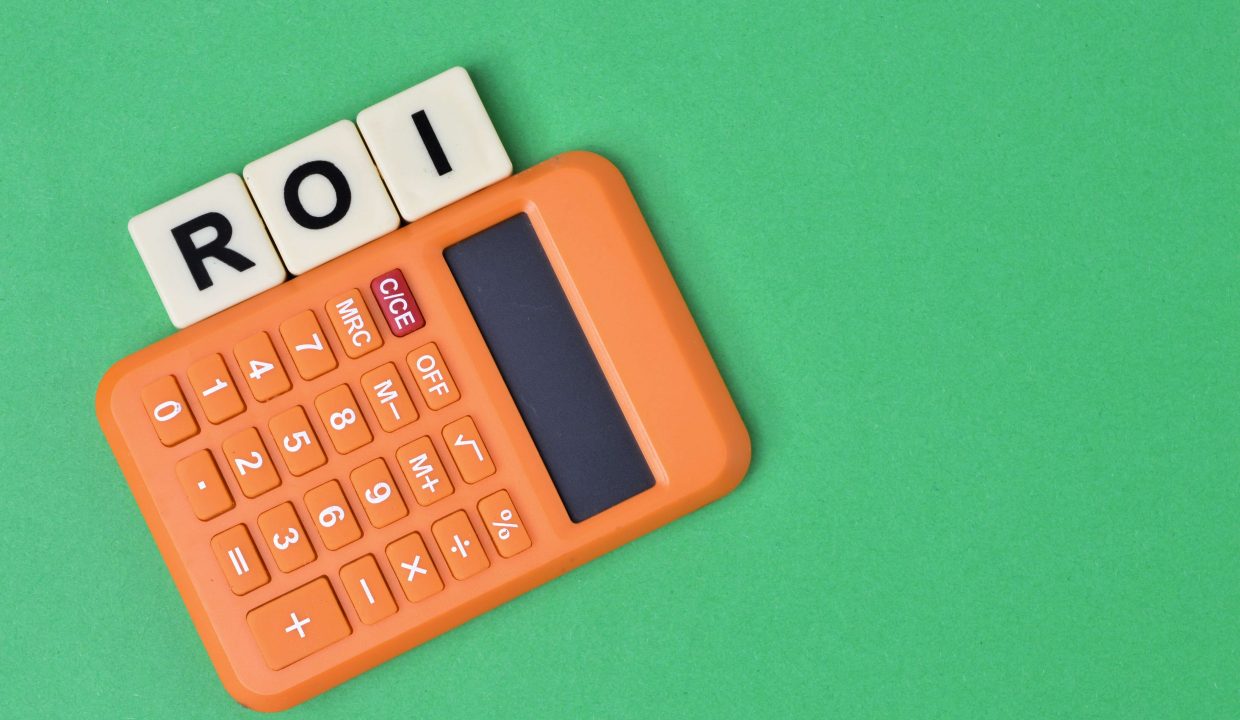
If you’re a real estate investor, then the most prominent decision before making an investment is to judge the potential ROI – return on investment of the subject. Implementing the steps involved in ROI checking will help you to make an informed decision, and thus you can play safe for the long term.
 That 40% is the return on investment that Waseem had earned on his initial investment after selling his property. That’s the fundamental way through which you can calculate ROI on almost every real estate you own.
That 40% is the return on investment that Waseem had earned on his initial investment after selling his property. That’s the fundamental way through which you can calculate ROI on almost every real estate you own.
What is ROI (With Working Example)?
Let’s learn ROI with a real-life illustration. Waseem, a corporate worker, decided to go ahead with a property purchase worth Rs 5 million (50 lacs). Having purchased the property, he had to do property maintenance, taxation, repair works, and in some cases, commissions. That would cost him additional five lacs. So, the accumulated starting cost of the property becomes 55 lacs. After bearing all the expenses, Waseem has decided to keep the property for at least two years and sell it afterward. With an appreciation (an increase in property value) of 20% a year, Waseem sold the property for 77 lacs by the end of 2nd year. Now the return on investment that Waseem has gained with respect to his initial investment can be calculated as: That 40% is the return on investment that Waseem had earned on his initial investment after selling his property. That’s the fundamental way through which you can calculate ROI on almost every real estate you own.
That 40% is the return on investment that Waseem had earned on his initial investment after selling his property. That’s the fundamental way through which you can calculate ROI on almost every real estate you own.
Buildup Vs. Non-buildup Properties
The main difference between buildup vs. non-buildup properties is that the former is dependent upon rental returns, while the latter measure its ROI in terms of accumulated gains. Let me explain! The properties or real estate you bought for the monthly rental income fall under the buildup property’s umbrella. Their return on investment calculations can be tricky for non-maths people as it involves two factors. One is the yearly gain (appreciation) on the property; the other is the income through monthly rentals. The summation of returns of these factors gives out the ROI in the case of the buildup properties. On the other hand, for non-buildup, we just need the good, old aforementioned formula. Just put in the values, and boom: you got the answer.Factors Affecting The Return on Investment
There are several factors that come into use while we discuss the appreciation or depreciation of real estate properties. These factors alone can blossom or perish the investments if not assessed correctly.- Location is still by far the most significant element in alleviating a property’s value. If your real estate is in a flourishing housing society, its value tends to increase by a maximum of 25% per annum.
- The next comes the maintenance and structure of the home. If it’s ready to move house, then its condition is by far the most appealing factor in buyer’s eyes.
- If the presiding society has launched or associated any amenities to the property, then the ROI will increase dramatically in subsequent years.
- Market’s value and the country’s economic conditions drastically affect in supply and demand of buyers and houses. If a country’s economics worsen, fewer buyers will emerge to buy the home; hence depreciation occurs.
- A well-versed secured environment with a gated community can benefit sellers in the long term.
To Sum Up,
According to experts, every investor should have two essential goals while plunging into real estate: how to achieve the best ROI, and how much time does it take to reach that? Once figured it out, you’re good to go to buy your first property.Contact Us
Questions or concerns about real estate investments in Karachi? Connect with RAAS expert for smart future investments.
